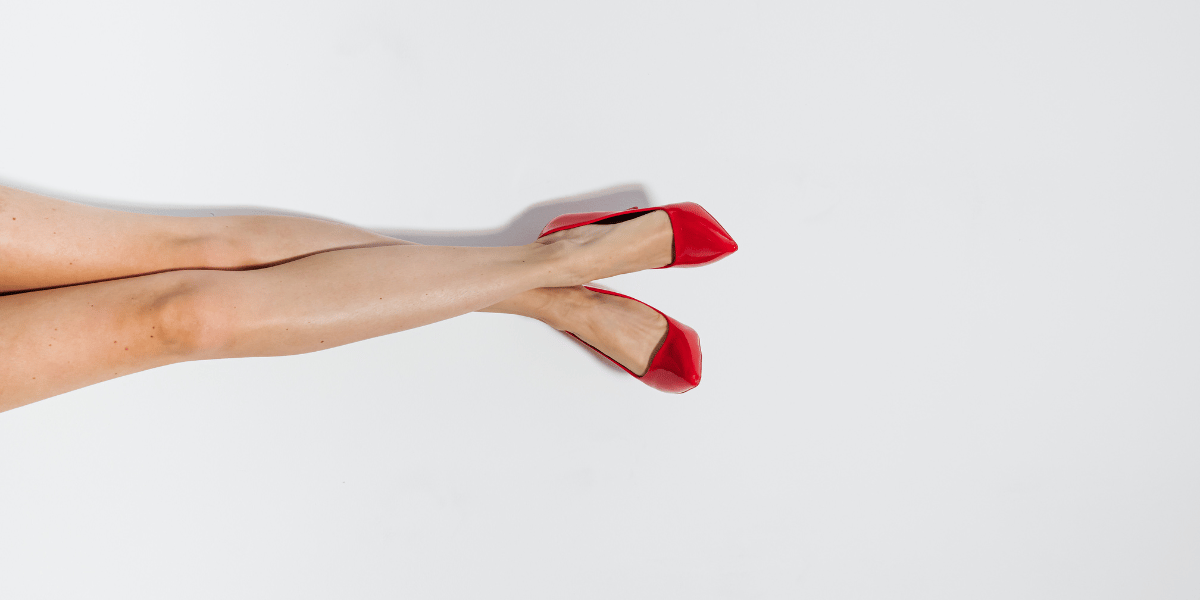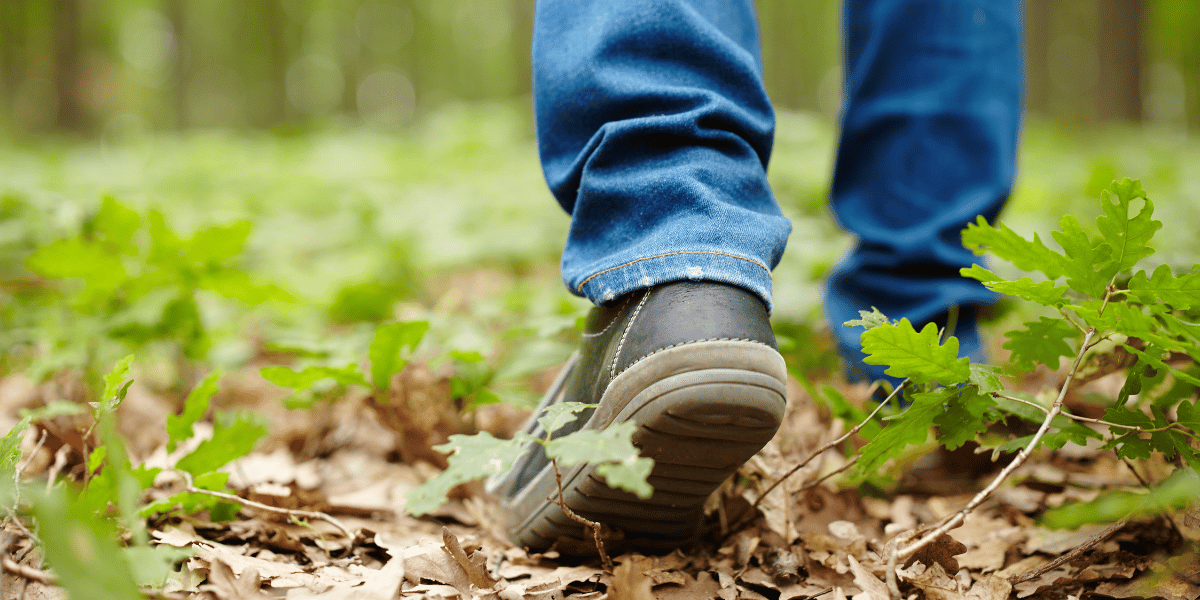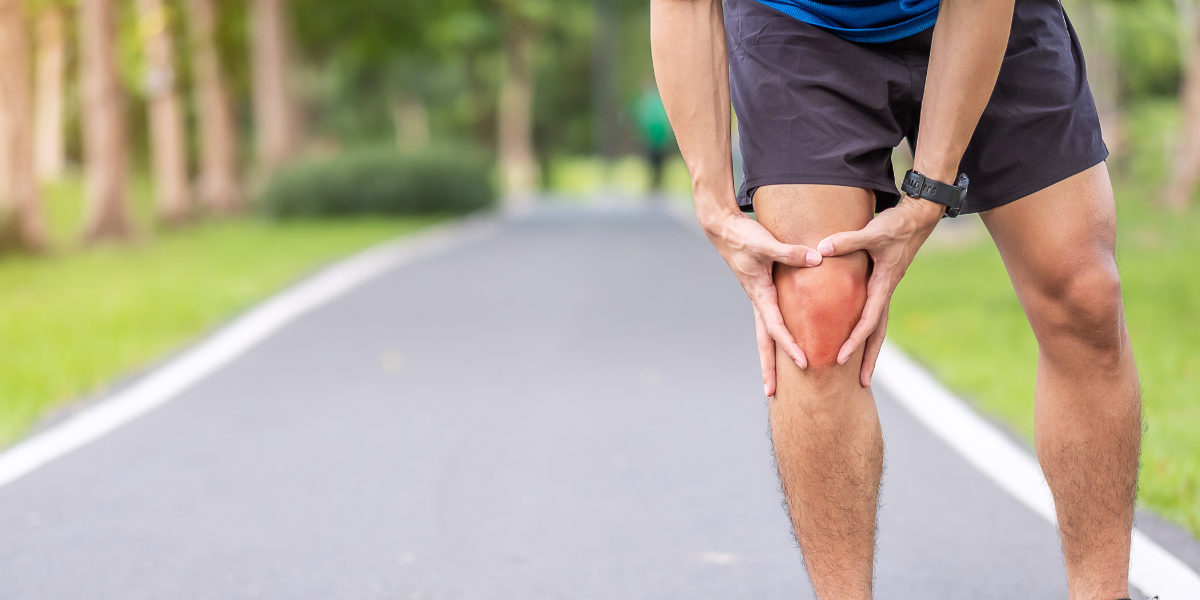2 min read
Step Into Minimalism - Your Chiropractor's Favorite Shoe Recommendation
Experience optimal health and wellness with the help of chiropractors who go the extra mile. At Stark, our exceptional chiropractors not only focus...
.png?width=70&height=70&name=Stark_LogoMark%20(1).png)

“The human foot is a masterpiece of engineering and a work of art.”
– Leonardo DaVinci
What has approximately 26 bones, 33 joints, over a hundred muscles, and 200,000 nerve endings? If you guessed “the human foot,” you’d be correct. And it’s okay if you looked at the quote above to help you with your answer. Life is an open-book test.
We are more sedentary now than we have ever been. Due to our environment, around 85% of adults report low back pain. It’s common to focus on the back, standing more at work, strengthening core muscles, and stretching hip flexors for relief - a good strategy.
What if there was a more insidious issue at hand? What if there was something that could be so under the radar that it could keep the problems of the low back persisting, even with standing desks and walking treadmills? What if the issue could even lead to dysfunctions beyond the lower back, like the knees, shoulders, and neck?
We already know the foot is our foundation. What we may not be directly aware of, is how important proper foot function is to the rest of our body. Imagine a toddler stacking bricks. One block on top of another, on top of another, and so on.
Now imagine the bottom block is a triangle. The engineers reading this just had a panic attack. You wouldn’t be able to stack much on top, if at all. The human body is slightly different in the sense that even with misalignment, it will compensate so it can function. It will figure out a way. Over time, those compensations will create wear and tear, sometimes to the point of requiring surgery. Often, the origin is faults found at the foot (the base block).
“Take 10,000 steps a day.”
“Squats are great booty builders.”
All wonderful things – life-changing advice in many cases. In both scenarios, you’re on your feet. If the foot is aligned improperly, every joint, muscle, and nerve stacked on top will be misaligned.
In our concrete jungles, walking around town and in the office barefoot is not only unsafe but also unprofessional…and maybe stinky…? Look at this scent-free X-ray of a foot inside a high heel. Yikes!
The modern shoe industry rakes in 78 billion dollars per year. Perhaps asking them to put in the fine print “may cause musculoskeletal impairments” underneath the “run faster, jump higher” slogan is asking too much. Remember those over 200,000 nerve endings living in the foot? What would you think happens to them when they are suffocated for 8+ hours each day? Yep! They de-sensitize. This means less information going up the chain all the way to the brain and poor information back down. That means less blood flow. That means less stability in sports. That means less strength in weight training. That means more injury risk when doing outdoor activities you love like running, hiking, skiing, etc.
Here are simple things to add (or take away) today to start right (start with the foot) and end right (everything else).
1. Wear toe spacers at the end of a long day
These are little treats for my feet. At the end of your day, put on your toe spacers (sometimes called toe spreaders) to help reorganize your toes.
2. Practice “tripod foot” when exercising
This is where you press your big toe, little toe, and heel into the ground for optimal balance, alignment, and neuromuscular activation. Do this anytime the foot is in contact with the ground, even in upper body movements.
3. Be a zero, be a hero
Zero-drop shoes mean that there’s no angle from heel to toe. Common heel-to-drops are 10mm! The ideal is zero, meaning no angle. This is not the same as “minimalist.” Although minimal shoes are great, they are not for everyone. You can find stylish and padded zero-drop shoes everywhere.
4. Wide toe box
A wider toe box allows the toes to naturally spread as designed for optimal function. Normally, if you find a company you like that produces zero-drop shoes, they also come with wider toe boxes. If you are wearing a more compressive toe box, this is where the toe spacers are handy (no pun intended).
5. Stimulate don’t annihilate!
So, you’ve ditched the foot coffins that beat up your poor feet. High five! Time to re-sensitize your feet. Something as simple as scraping the bottom of your foot with a plastic fork is enough. Barefoot outdoors on grass (commonly known as grounding) or pebbles are effective, or something like a gentle vibrating self-massager works too. Keep in mind that peak sensitivity is reached by age 40- by the time you are 70, the feet need 2x the stimulation. So, release those beasts early and it will go a long way in your performance and overall health.

2 min read
Experience optimal health and wellness with the help of chiropractors who go the extra mile. At Stark, our exceptional chiropractors not only focus...

50.2 million Americans report chronic pain — is there a common denominator that’s the cause of discomfort for millions of people? There are...

Injuries are an unfortunate part of life. Whether it's a twisted ankle from a sports mishap, a back strain from lifting something heavy, or a wrist...